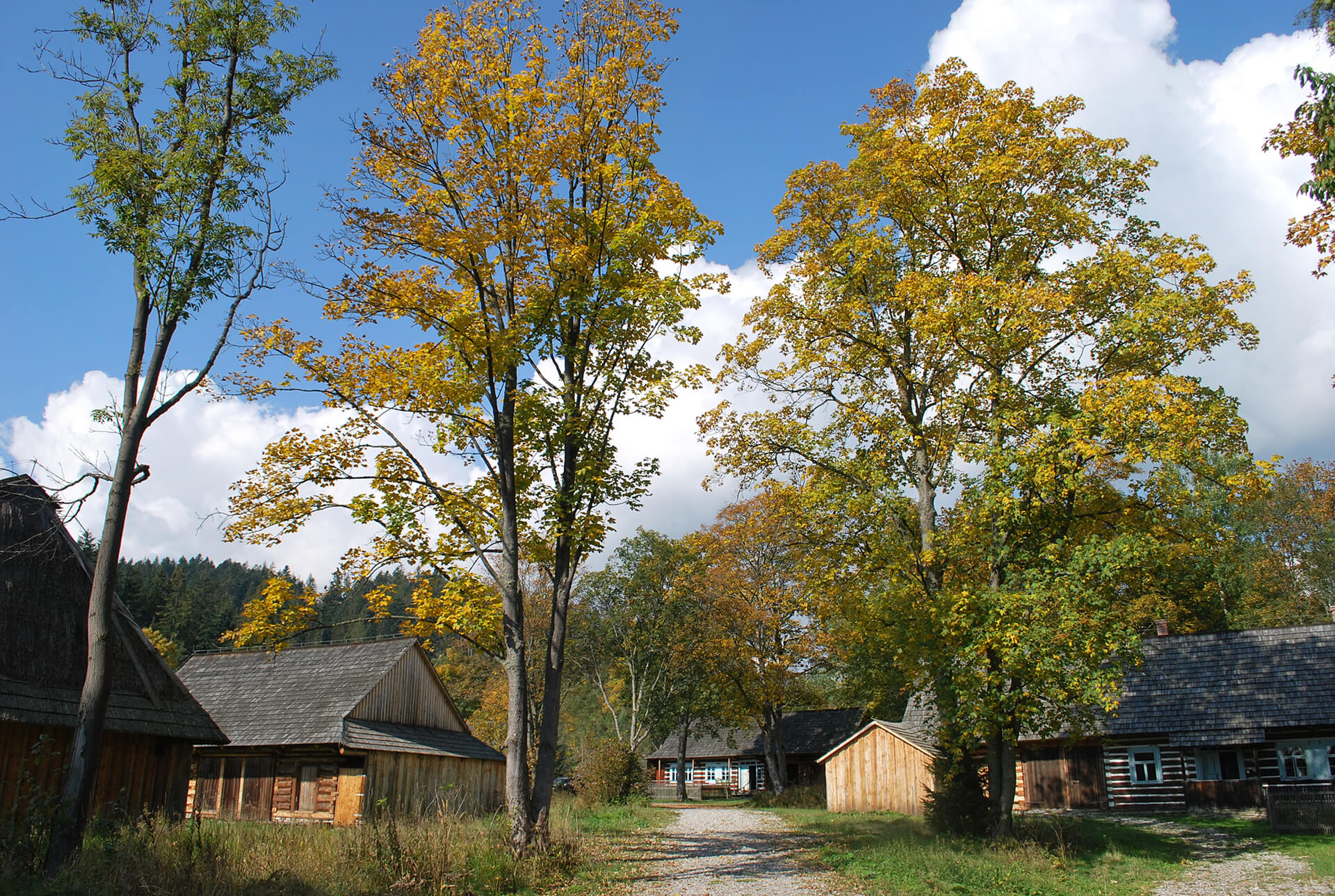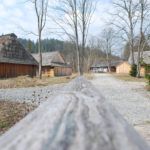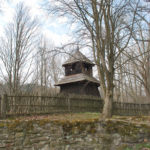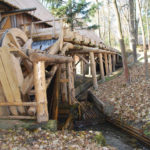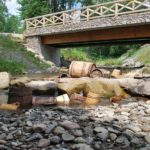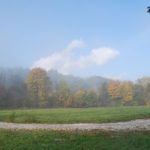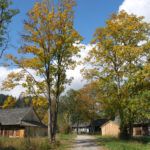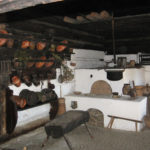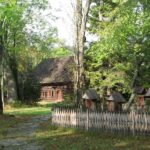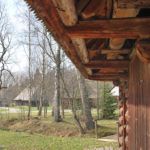About the project
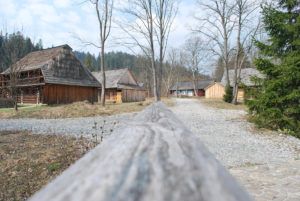
Orava and the Sądecczyzna region are regions which are situated on the Polish-Slovakian border and which are connected by the presence of industrial facilities and craft workshops in the village environment.
Beside residential construction and farm buildings, they included, among others, forges, oil mills, sawmills, dyeworks, linen presses or fulling mills. Difficult climatic conditions, large distances and inaccessible access to towns, isolation of village settlements from the outside world during winter and early spring forced the village members to provide food products and items of everyday use and tools within their own community. Hence such an important role of industrial facilities and craft workshops in the village environment. Currently most of the buildings along with the equipment have been irretrievably destroyed and protection of old-time industries and crafts often consists in: complete reconstruction of buildings and machines based on preserved photographs and archival and inventory documents or translocation, conservation and rebuilding in the area of open-air museums located in the area of strongly destructed buildings. This indirectly influences the border residents, who are starting to forget about their heritage, losing their cultural identify. Therefore, it is necessary to recreate the character and look of the former facilities and revitalise of these places by organising events thanks to which the residents of the region and tourists will have the opportunity to get to know the tradition. The described project is the answer for the need, both on the Polish and Slovakian side.
The actions within the project will also allow to get to know and care for the mutual border culture heritage, which consists of old-time industrial facilities and craft workshops, as well as to faithfully recreate the environment of those buildings. Therefore, the project is in compliance with the Priority axis 1 and perfectly carries out the detailed purpose in the scope of increasing the level of balanced use of culture heritage. This is so as these buildings are scattered not only on the Polish side, but on the Slovakian side as well, and were an important landscape element.
The purpose of the project is to protect the material and immaterial heritage of the Polish and Slovakian borderland through reconstruction, renovation of industrial and craft buildings with their equipment and to popularise the knowledge about them by indicating a transborder route of village industries and crafts as a new sightseeing product of the borderland.
Furthermore, the project also aims to make the museum’s offer more attractive by launching new fixed and temporary exhibitions and workshops.
